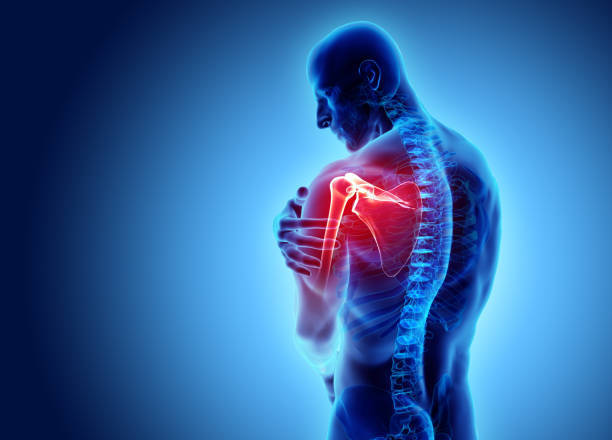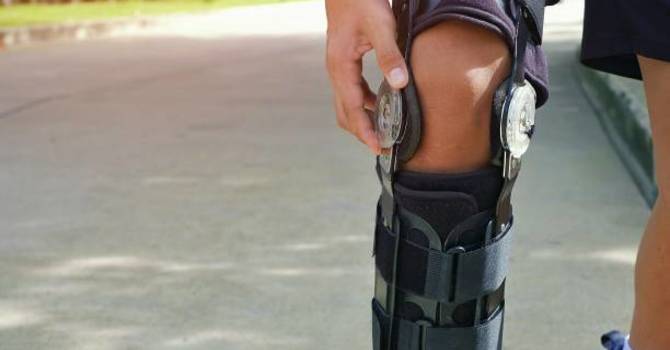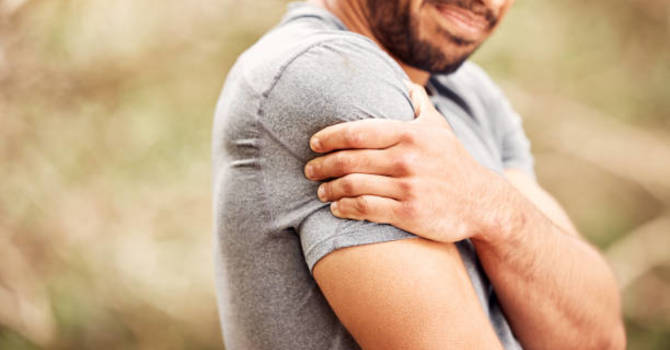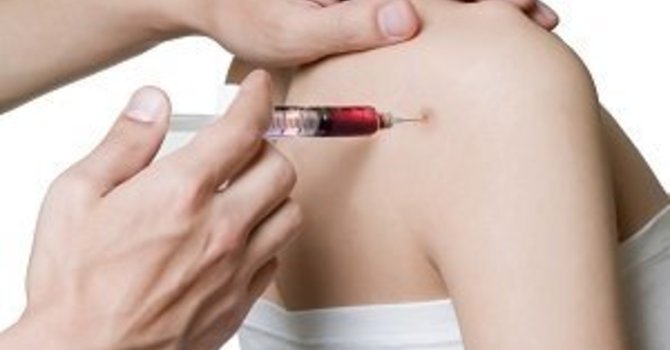
Healing Shoulder Labrum Tears Naturally with PRP Therapy
By Tulsi Wellness Club
Shoulder pain that just won’t go away, even after rest, physical therapy, or medication, may be more than simple inflammation—it could be a labrum tear, a common and often overlooked source of deep joint discomfort and instability.
At Tulsi Wellness Club, we’ve seen many clients with persistent shoulder issues find new hope and healing through PRP (Platelet-Rich Plasma) therapy—a regenerative, non-surgical option that uses the body’s own healing cells to restore damaged tissue, including the shoulder labrum.
In this article, we’ll walk you through how PRP works for labral injuries, what to expect during and after treatment, and how to support your body through the process—including awareness of detox symptoms, hypoglycemia risk, and natural recovery strategies.
What Is a Shoulder Labrum Tear?
The labrum is a ring of cartilage that surrounds the shoulder socket, helping to stabilize the joint and keep the upper arm bone in place. It also serves as the attachment point for several ligaments and the biceps tendon.
Labrum tears can result from:
-
Repetitive overhead activity (sports, weightlifting)
-
Traumatic injury (falls or shoulder dislocations)
-
Degeneration due to aging or wear-and-tear
Symptoms of a torn labrum may include:
-
Clicking or popping in the shoulder
-
Pain with overhead or rotational movements
-
Decreased range of motion
-
Shoulder instability or weakness
Conventional treatments may involve rest, NSAIDs, physical therapy, or arthroscopic surgery. However, PRP offers a regenerative approach that can stimulate healing from within—without the need for invasive procedures.
What Is PRP and How Can It Help a Labrum Tear?
PRP (Platelet-Rich Plasma) is a concentrated solution made from your own blood. After drawing a small sample, we process it to isolate platelets and healing factors that naturally assist in tissue repair.
When injected into the site of a shoulder labrum tear, PRP can:
-
Reduce inflammation in the shoulder joint
-
Stimulate collagen and cartilage regeneration
-
Improve blood flow and nutrient delivery to the injury site
-
Support tendon and ligament healing around the labrum
By reawakening your body’s healing system, PRP helps the labrum recover without surgery, offering pain relief and improved function in a matter of weeks to months.
What to Expect During the Procedure
PRP therapy at Tulsi Wellness Club is a simple, outpatient process that takes about 60–90 minutes:
-
Blood Draw – A small amount of your blood is collected.
-
Processing – We spin the sample in a centrifuge to concentrate the healing platelets.
-
Injection – Using ultrasound or fluoroscopic guidance, the PRP is injected precisely into the labral tear region and surrounding structures.
We use only high-quality, leukocyte-poor PRP to reduce excess inflammation and promote more controlled, effective healing.
Recovery and Detox Reactions After PRP
Unlike steroid injections that suppress inflammation, PRP intentionally triggers a mild inflammatory response—this is how your body starts healing. As a result, you may experience some post-injection soreness or “deep ache” for 1–3 days.
Other potential detox-like symptoms may include:
-
Mild fatigue or sluggishness
-
Increased thirst or minor headache
-
Brain fog or low-grade flu-like feelings
These are typically short-lived and reflect your body processing the biological cascade of repair. We recommend:
-
Staying well hydrated (add electrolytes or trace minerals)
-
Gentle movement to promote circulation
-
Avoiding NSAIDs (which may blunt the PRP’s effect)
-
Using natural anti-inflammatories like turmeric, boswellia, and omega-3s
Hypoglycemia Risk and Energy Management
Some clients report feeling dizzy, faint, or weak post-treatment. While PRP itself does not alter blood sugar, the blood draw, injection stress, or fasting state can trigger hypoglycemic reactions, especially in sensitive individuals.
To prevent this:
-
Eat a protein-rich snack or light meal 1–2 hours before your appointment
-
Avoid arriving in a fasted or dehydrated state
-
Let our staff know if you’re prone to low blood sugar or adrenal issues—we’ll monitor you closely and offer juice or electrolytes if needed
How Long Does PRP Take to Heal a Labrum Tear?
Healing timelines vary depending on the severity of the tear, your overall health, and activity level. Here’s a general outline:
-
Week 1–2: Inflammation phase. You may feel soreness, stiffness, or slight increase in symptoms as the healing cascade begins.
-
Week 3–6: Tissue repair begins. Many patients notice improved motion, less pain, and enhanced shoulder function.
-
Week 6–12: Regeneration and remodeling. Pain continues to decrease, strength improves, and physical therapy is often more effective.
For moderate or chronic labral tears, 2–3 PRP injections spaced 4–6 weeks apart may yield the best outcomes.
Supporting Your Healing Journey at Tulsi Wellness Club
At Tulsi, PRP therapy is never delivered in isolation. We take an integrative approach that supports your whole system, including:
Personalized supplement plans for collagen support and inflammation control
IV nutrient therapy (vitamin C, glutathione) to aid recovery and detox
Physical therapy referrals to optimize joint function
Lifestyle coaching for joint-friendly movement and anti-inflammatory living
We aim not just to reduce your pain—but to restore full, functional wellness.
Is PRP Right for Your Shoulder Labrum Tear?
If you’ve been told surgery is your only option—or if conservative treatment hasn’t worked—PRP may offer a powerful, natural alternative. It’s especially effective for:
-
Mild to moderate labrum tears
-
Partial rotator cuff involvement
-
Patients seeking non-surgical, drug-free recovery options
-
Athletes or active individuals aiming for faster, safer return to movement
Final Thoughts
PRP therapy for shoulder labrum tears is part of a broader movement toward regenerative healing—where your body is empowered to repair itself using its own biological intelligence.
At Tulsi Wellness Club, we’re proud to offer this cutting-edge yet natural therapy in a nurturing, integrative setting. We treat the whole person—not just the injured shoulder.
If you’re ready to reclaim pain-free movement and avoid invasive surgery, we invite you to explore PRP therapy with our experienced team.
Tulsi Wellness Club
Root-cause medicine. Regenerative healing. Personalized care.
Schedule your consultation today to discover if PRP is right for your shoulder labrum tear.
Dr. Devin Stone
Contact Me



